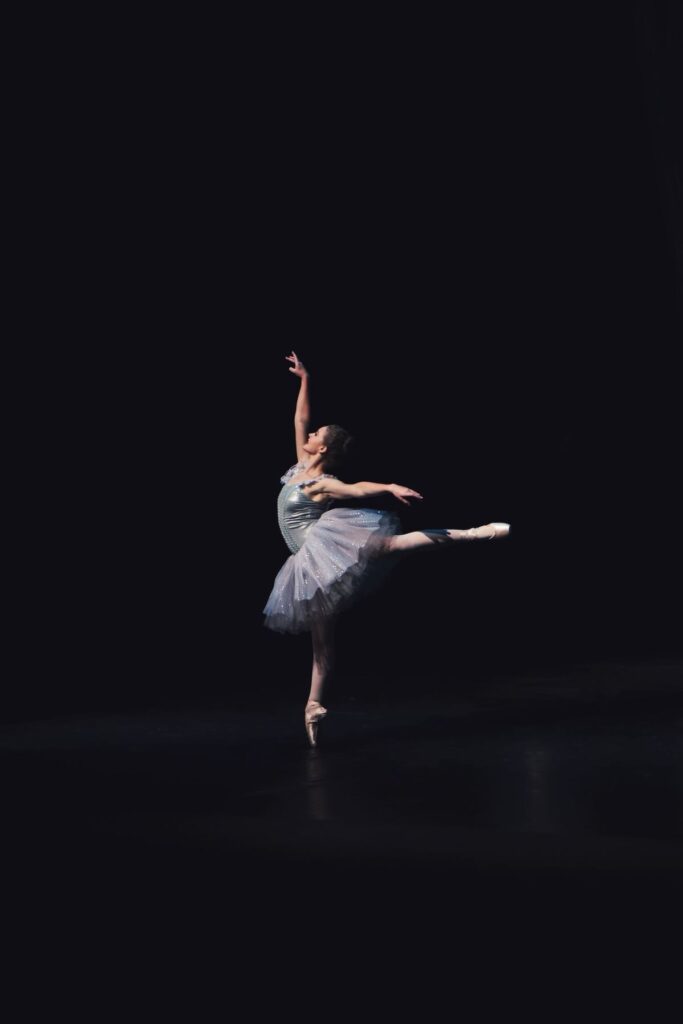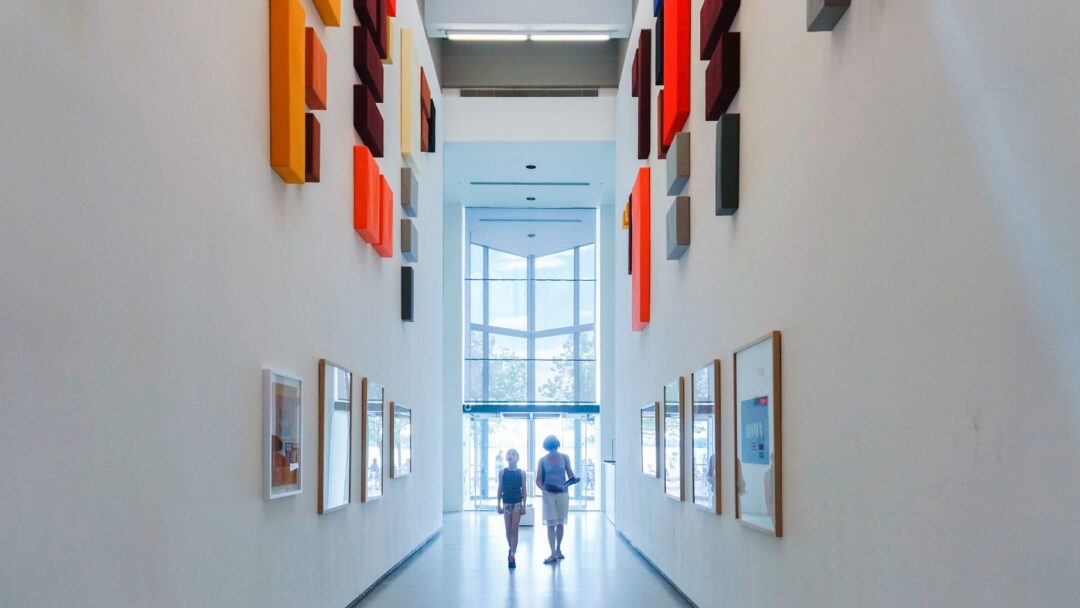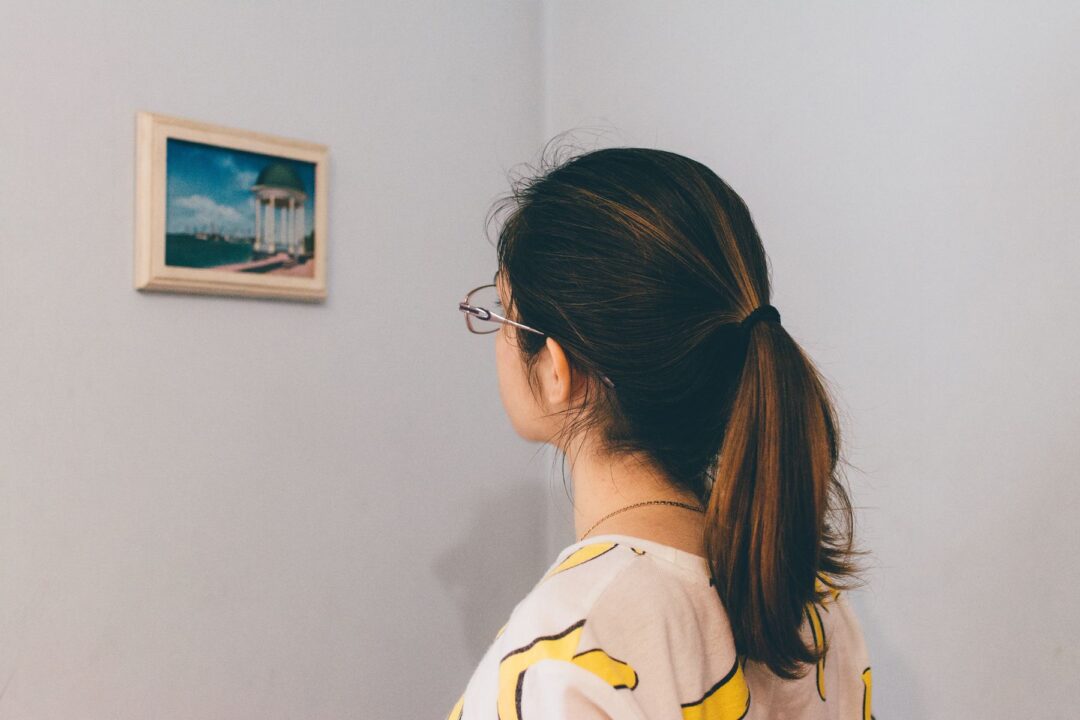Insights into inspirational arts practice in schools: Dance and the arts at St John Fisher Catholic High School

St John Fisher (SJF) Catholic High School is a non-selective, voluntary-aided secondary school educating boys and girls from ages 11-18. We are in the Catholic Diocese of Leeds and the North Yorkshire local authority. At 16+ we are an associated sixth form with St Aidan’s C of E High School, meaning we share students and teach A Level subjects across both sites, resulting in our being one of the largest sixth form centres in the country. We have 1475 students on roll, and 3.6 per cent of students are eligible for free school meals. Around 15 per cent of students are from ethnic minority backgrounds. As of 2018, our school’s attainment 8 score is 58.18 and P8 score is 0.58 which is well above the national average. 86 per cent of students achieved at least a grade 4 in English and Maths.
Arts provision at St John Fisher
At key stage three, all students study music, dance and drama in the curriculum. Music is taught weekly in year 7 and fortnightly in year 8; drama is taught fortnightly in year 7 and 8, and dance is taught through PE on a half termly rotation. At GCSE, all students have the option to take music, dance and drama GCSEs and there is no restriction in combinations of subjects, and students are not limited to one arts subject. A Level dance, drama, performing arts, music and music technology are all offered through our associated sixth form, with no restriction on subject combinations.
History of Dance at SJF
GCSE and A level dance were first introduced to SJF in the early 2000s when it was rare to find such options in a secondary school. Running the courses each year was sometimes a struggle due to poor uptake, yet the school supported the continuation of these courses even when classes were as small as three students. Small class sizes were supported by the school which held specialist arts status during this innovative time for the arts in education. Specialist arts status meant that numerous arts initiatives had to be implemented in order to justify the funding from the Government, resulting in Dance at Key Stage 3, 4 and 5 becoming compulsory. Outreach work in the community and links with professionals were paramount. Head of dance, Claire Noonan, was recruited at this stage to develop the subject.
Claire trained at London Contemporary Dance School, where contemporary dance was founded in the 1960s. This meant that Claire was taught by eminent dance practitioners, such as Richard Alston and Henri Oguike, who are so fundamental to the subject that they are embedded as key choreographers to be studied within the GCSE and A Level syllabuses. Claire trained alongside dancers who have gone on to be part of prestigious dance companies, meaning that she has maintained links with professionals who influence and are part of the dance programme of study, such as dancers of the Matthew Bourne company and Cando Co, for example. Claire’s chief principle is to always maintain industry links and interaction between students and professionals; to put the subject into context and encourage students to make professional links and to see the potential of working in the industry. This ethos can best be illustrated by the example of Mark Baldwin, former artistic director of Rambert, delivering a masterclass to her A-level students and those from other schools in North Yorkshire. Two decades later, Claire continues to promote industry links and seek out opportunities to engage professionals, and now is in a position to invite former students from SJF, who have trained and are successfully working in the profession, to lead workshops and be commissioned by the school to create work with the students.
Dance today at SJF
After the first five years of A Level teaching at SJF, our partner school, St Aidan’s C of E High School, appointed a teacher of dance to enrich the curriculum offer and ensure that demand could be met. Susannah Miller, head of dance at St Aidan’s, is a jazz and musical theatre specialist whose expertise complements Claire’s specialism, ensuring that students receive a broad range of skills, which the A Level specification now requires. Even in times when the arts in schools are in decline nationally, GCSE and A Level numbers have steadily grown at St John Fisher, and class sizes remain healthy. At GCSE, a third of our students take an arts subject to GCSE.
Results and outcomes
Our reputation for outstanding teaching, enrichment and results means that students travel to the associated sixth form from across the region to study A Level dance in an academic school setting. Students regularly study the full portfolio of performing arts subjects, such as dance, drama and performing arts together, to ensure progression to a performing arts conservatoire after A Level, and we have an excellent track record of acceptance into conservatoires such as London Studio Centre, Mountview, Urdang, Trinity Laban and Bird College.
In 2017, A Level results were 100 per cent A*-E with 20 per cent A* and 53 per cent A*-B. With the new, more rigorous specification, results have remained strong, as in 2018, A Level results were still 100 per cent A*-E, with 44 per cent A*-B. GCSE Dance results are equally impressive, achieving 72 per cent 9-7 and 100 per cent 9-4 in 2018 under the new specification. This puts the results in the top 5 per cent nationally (Fischer Family Trust data) and gives an average point score of 7.
Teaching style and pedagogy
Claire believes that subject knowledge is paramount, and as a dance teacher she believes she has a responsibility to educate students in the role of dance within the context of our society. Claire aims to instill creativity and encourage risk taking creatively and aesthetically. Whilst Claire believes that the core of any dance training should be ballet, she encourages students to be organic by exploring improvisation and other modes of composition. Claire is a reflective practitioner who constantly adapts schemes of work in response to fluctuating demands, such as engaging boys in the arts, adapting to SEN and stretching high prior attainers, and providing cultural capital to all, regardless of background. An example of this can be seen in Claire’s teaching of boys at key stage three, where she devised a scheme of work using physical theatre, linking this to DV8’s work Enter Achilles as a source of inspiration; highlighting another key aspect of Claire’s pedagogy in using professional works in all elements of teaching. Dance at SJF focuses on training the whole dancer beyond the physicality of the subject, with the belief that it is imperative to teach her students to be analytical, reflective, and knowledge-driven. This prepares students for a future in dance beyond the school setting and is no doubt linked to our outstanding outcomes and the professional pathways our students have chosen.
Extracurricular offer
In order to support the curriculum and the profile of the arts in the school, students at SJF are offered a plethora of performing arts opportunities – in school, nationally and internationally. Staff are dedicated and passionate, ensuring students have a wealth of additional training opportunities such as participation in whole school productions; professional workshops; audition opportunities; national and international trips with a performance focus; and performances, both competitive and non-competitive, in the local community. Each year we produce two large-scale productions for pupils of all key stages, often involving over 100 students. These productions offer the opportunity for complex and challenging choreography in a variety of genres. To provide an authentic experience and to continue to make links to the industry, we regularly invite performers from the shows we produce to run a one-off enrichment workshop (Layton Williams – Billy Elliot; Matthew Russell-Jones – Grease; Adam Galbraith – Sound of Music). We pride ourselves on guiding talented students towards progression at a national level by hosting audition opportunities, such as this year hosting National Youth Theatre auditions, and a spotting audition for CATS (Centre for Advanced Training) and Phoenix Youth Academy. This has resulted in SJF students being accepted for further national training. We constantly seek ways to inspire our students and enhance their cultural capital by demonstrating the potential that the performing arts have in our society; running annual trips for dance and drama students to London to experience West End theatre, and in 2018 we were successful in auditioning to perform at Disneyland Paris, involving 45 students from years 8 and 9.
Final thoughts
Dance is a physically demanding art and therefore self-discipline is fundamental. The four mental skills – movement memory, confidence, commitment and concentration – are included on the AQA specification. Dance promotes these key transferable skills in students at a time when adolescent mental wellbeing and resilience is of national concern. We believe that dance provides the opportunity for pupils to develop thoughts and feelings about the world around them through the experience of performing, planning and evaluating dances. It offers a unique contribution to pupils’ physical, moral and cultural education, and easily goes hand-in-hand with other curriculum subjects. We are proud that dance has sustained its success at SJF, despite challenges such as parental perceptions of the arts, funding cuts to the arts and in schools, and the pressure of students completing an EBACC pathway.
Claire Noonan is Head of Dance at St John Fisher Catholic High School and Performing Arts Network Lead for the Yorkshire Teaching Schools Alliance. She is a Specialist Leader of Education and has supported other schools in their dance provision in the North of England.
Carolyn Booth is Head of Drama and a Lead Practitioner at St John Fisher Catholic High School. She is a Specialist Leader of Education and has supported other schools in their drama provision in the North of England.
This article was published in September 2019 and reflects the terminology and understanding of research and evidence in use at the time. Some terms and conclusions may no longer align with current standards. We encourage readers to approach the content with an understanding of this context.










